The Food Section
Rowman & Littlefield Studies in Food
and Gastronomy
General Editor: Ken Albala, professor
of history, University of the Pacific
(kalbala@pacific.edu)
Food studies is a vibrant and thriving field encompassing not only cooking and eating habits but also issues such as health, sustainability, food safety, and animal rights. Scholars in disciplines as diverse as history, anthropology, sociology, literature, and the arts focus on food. The mission of Rowman & Littlefield Studies in Food and Gastronomy is to publish the best in food scholarship, harnessing the energy, ideas, and creativity of a wide array of food writers today. This broad line of food-related titles will range from food history, interdisciplinary food studies monographs, general interest series, and popular trade titles to textbooks for students and budding chefs, scholarly cookbooks, and reference works.
Titles in the Series
Appetites and Aspirations in Vietnam: Food and Drink in the Long Nineteenth Century, by Erica J. Peters
Three World Cuisines: Italian, Mexican, Chinese, by Ken Albala
Food and Social Media: You Are What You Tweet, by Signe Rousseau
Food and the Novel in Nineteenth-Century America, by Mark McWilliams
Man Bites Dog: Hot Dog Culture in America, by Bruce Kraig and Patty Carroll
New Orleans: A Food Biography, by Elizabeth M. Williams (Big City Food Biographies series)
A Year in Food and Beer: Recipes and Beer Pairings for Every Season, by Emily Baime and Darin Michaels
Breakfast: A History, by Heather Arndt Anderson (The Meals series)
Celebraciones Mexicanas: History, Traditions, and Recipes, by Andrea Lawson Gray and Adriana Almazn Lahl
Food History Almanac: Over 1,300 Years of World Culinary History, Culture, and Social Influence, by Janet Clarkson
The Food Section: Newspaper Women and the Culinary Community, by Kimberly Wilmot Voss
The Food Section
Newspaper Women and the
Culinary Community
Kimberly Wilmot Voss
ROWMAN & LITTLEFIELD
Lanham Boulder New York London
Published by Rowman & Littlefield
A wholly owned subsidiary of the Rowman & Littlefield Publishing Group, Inc.
4501 Forbes Boulevard, Suite 200, Lanham, Maryland 20706
www.rowman.com
16 Carlisle Street, London W1D 3 BT, United Kingdom
Copyright 2014 by Rowman & Littlefield
All rights reserved. No part of this book may be reproduced in any form or by any electronic or mechanical means, including information storage and retrieval systems, without written permission from the publisher, except by a reviewer who may quote passages in a review.
British Library Cataloguing in Publication Information Available
Library of Congress Cataloging-in-Publication Data
Voss, Kimberly Wilmot, 1970
The food section : newspaper women and the culinary community / Kimberly Wilmot Voss.
pages cm (Rowman & Littlefield studies in food and gastronomy)
Includes bibliographical references and index.
ISBN 978-1-4422-2720-0 (cloth : alk. paper) ISBN 978-1-4422-2721-7 (electronic)
1. Food writingUnited StatesHistory20th century. 2. NewspapersUnited StatesSections, columns, etc.FoodHistory20th century. 3. Women in journalismUnited States. 4. Food writersUnited States. I. Title.
TX644.V67 2014
808'.066641dc23
2013046690
 TM The paper used in this publication meets the minimum requirements of American National Standard for Information Sciences Permanence of Paper for Printed Library Materials, ANSI/NISO Z39.48-1992.
TM The paper used in this publication meets the minimum requirements of American National Standard for Information Sciences Permanence of Paper for Printed Library Materials, ANSI/NISO Z39.48-1992.
Printed in the United States of America
Acknowledgments
Many years of work went into researching the material for this book. The archivists from several libraries were helpful including those at the Fales Library at New York University. The Special Collections archivists and librarians at Iowa State University were especially helpful. My thanks to Becky S. Jordan for answering questions about home economics journalism alumni.
I want to thank the children of Jane Nickerson and the daughter of Jeanne Voltz for their help. Also, the nephew of Cecily Brownstone was helpful in gathering information. Further, the oral history that Laura Shapiro conducted with Brownstone allowed for the confirmation of many facts about newspaper food journalism. Carol Haddix provided a speech she gave about her experiences as the food editor at the Chicago Tribune.
Womens page editor and later publisher Marjorie Paxsons creation of the National Women and Media Collection and her donation of her own papers were incredibly helpful. Paxson had the only report from the 1972 food editors conference in Houston that answered many questions. My thanks to Elizabeth E. Engel, who has helped me track down documents from the NWMC.
I also want to acknowledge the American Journalism Historians Association. My 2010 conference paper, Food Journalism or Culinary Anthropology? Re-evaluating Soft News and the Influence of Jeanne Voltzs Food Section in the L.A. Times, won the Maurine Beasley Award for best research on women in journalism history and also the William David Sloan Award for top faculty paper. The enthusiasm for my recognition of soft news as an important part of journalism history changed the course of my research agenda.
I want to thank my former Southern Illinois University, Edwardsville, colleague and current friend Laura Milsk Fowler, who alerted me to the Foodways series with a Facebook post. I also thank the Greater Midwest Foodways Alliance and the Culinary Historians of Chicago for the 2013 American Midwest Foodways Scholars Grant to study the career of Chicago Tribune food editor Ruth Ellen Church.
The interlibrary loan librarians at the University of Central Florida aided me with sometimes hard-to-find newspaper clippings. My graduate assistant Meredith Morris transcribed talks given at the Culinary Historians of Southern California that were referred to often.
I especially want to thank my husband, Lance Speere, for his interest in the topic and support of the research, as well as his editing help. I could not have written this book without him. Also, I appreciate my two little boys, Curtis and Paul, who were so well behaved on the evenings when their mother needed to write.
Lastly, thank you to my editors Ken Albala and Suzanne Staszak-Silva for the feedback and guidance.
Preface
Food pages have been a part of newspapers for more than a hundred years. They were widely read by the members of the communities they served. Recipes were clipped and saved. The phone of the food editor was constantly ringing with readers questions. Yet little research has been done on what was in these sections. This book seeks to answer the question: What content was in the food sections of newspapers during the womens page years of the 1940s to the 1970s? After all, this was the place where most Americansespecially womengot their information about food. It was a time when food was changing significantly due to developments in technology and a changing American palate. It was a time that introduced fast food, television dinners, and the need for an electric can opener. It was also a time when Americans began experimenting with French dishes and went back to baking their own bread. Newspaper recipe columns from the 1950s and 1960s prove that cookery was not just based on convenience foods, despite the stereotypes of American cooking during these decades. Food history for home cooks is more complex than has been previously described.

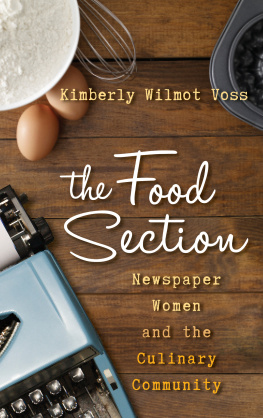
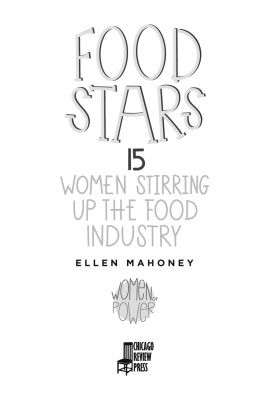
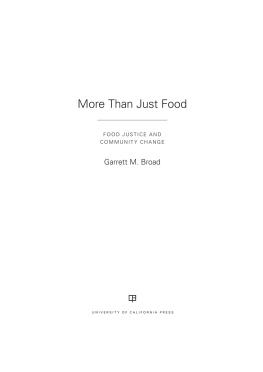


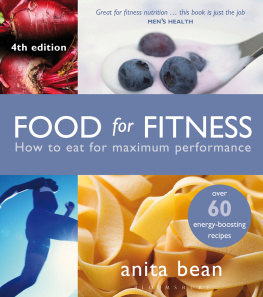
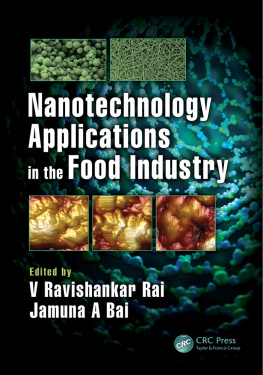
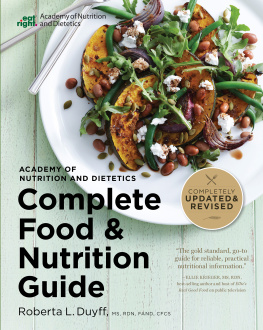
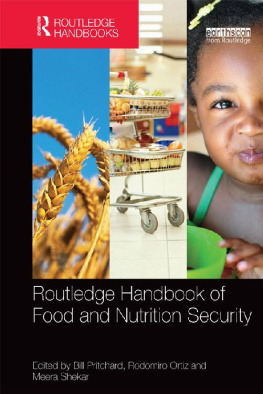

 TM The paper used in this publication meets the minimum requirements of American National Standard for Information Sciences Permanence of Paper for Printed Library Materials, ANSI/NISO Z39.48-1992.
TM The paper used in this publication meets the minimum requirements of American National Standard for Information Sciences Permanence of Paper for Printed Library Materials, ANSI/NISO Z39.48-1992.